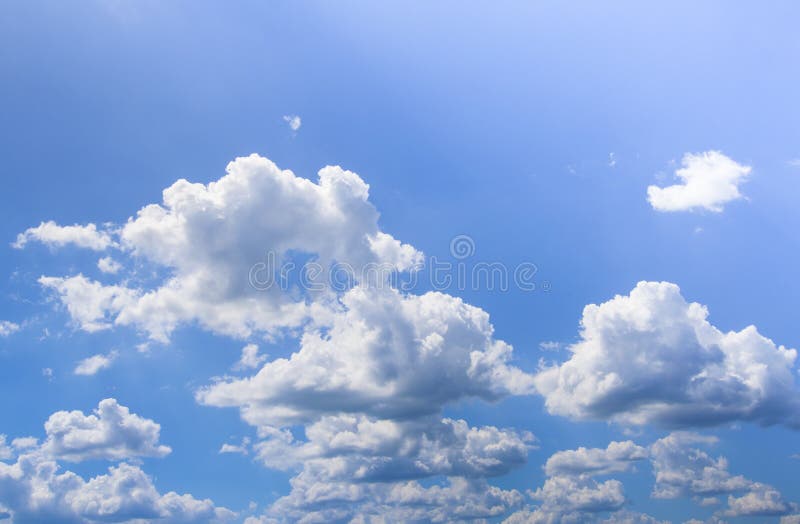

At this point there is nothing you can do. This is precisely what a vinegar fermentation smells like. Another classic tell that your wine is turning to vinegar is the nail polish odor. These fermentations can continue for months if not years. Alcohol fermentations are normally finished in a few days, not months, so any activity you’ve been seeing this year is probably not from the yeast, but rather, vinegar bacteria (acetobacter) turning the alcohol into vinegar. Shirleann, it is extremely likely that your wine is turning to vinegar. This entry was posted in Wine, Wine Making Ingredients by AIH. He has been helping individuals make better wine and beer for over 25 years. It will give you more detail about fining agents and other wine making products you can use to clear your wine.Įd Kraus is a 3rd generation home brewer/winemaker and has been an owner of E. If the bentonite clears the wine almost completely, but there’s still a slight murkiness, then you should switch to a polishing clarifier such as our Kitosol 40. You might want to check out the article, Using Finings To Improve Your Wine. In general, Sparkolloid will take out what bentonite doesn’t and vice versa. But, if you see only marginal improvement, you should switch to Sparkolloid for a second treatment. It’s an effective fining agent that most likely will solve your problem completely. Treating the wine with bentonite would be the first step I would suggest. If you’re sure it’s been more than two weeks since the wine has completed fermenting, and it’s still cloudy, then it may be time to start using wine making products such as fining or clearing agents. Most homemade wine instructions will indicate this time period. After a wine has completed fermenting it usually needs a week or two to clear up. If so, this would indicate that the wine just needs a few more days to clear up.

If the wine hydrometer has indicated that the wine has completed its fermentation, you will want to see if the top half of the batch is more clear than the bottom half.

Be a little patient and the wine will most likely clear in due time. In this case, just let the wine finish fermenting. If the wine is still fermenting, even slightly, this would most likely be the cause of the cloudiness. 996 but not fermenting then you have a stuck fermentation and you need to determine why it is stuck. 996 or less, this would indicate that the wine fermentation has finished.

This will tell you if the wine has completed its fermentation. The first thing that should be done is a specific gravity reading should be taken with a wine hydrometer. Determine why the wine is cloudy then take appropriate actions. Anything less is just taking a stab at the issue. In any case, the cause of the cloudiness needs to be determined before you can take any action. What needs to be determined is, “ why is the wine cloudy“? Is it from pectin cells in the fruit? Is it from suspended yeast cells? Is it from starches in the fruit? Or, is it because the wine simply needs more time to clear up? Can you help? I’ve strained the wine 2 times and it is still cloudy. What can I use to remove the cloudiness in my wine.


 0 kommentar(er)
0 kommentar(er)
